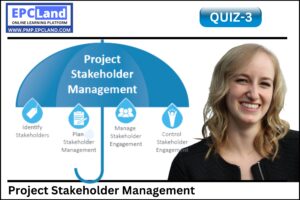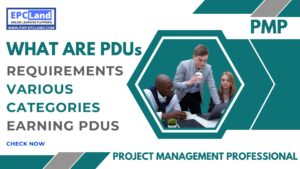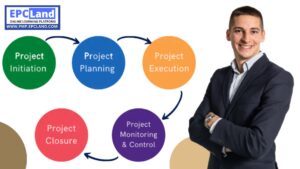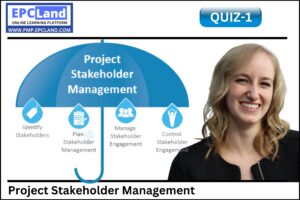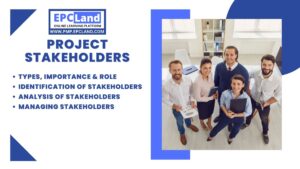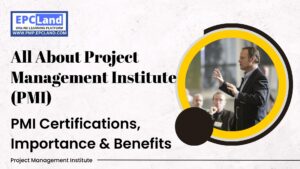Question 1:
Which stakeholder management strategy involves minimal effort in engaging stakeholders and provides limited communication?
Explanation: The inform strategy involves minimal effort in engaging stakeholders and provides limited communication. It focuses on keeping stakeholders informed about project progress, decisions, and outcomes, but does not actively seek their input or involvement.
Question 2:
Which of the following is NOT a stakeholder classification model?
Explanation: SWOT analysis is not a stakeholder classification model. SWOT analysis is a strategic planning technique used to identify an organization's strengths, weaknesses, opportunities, and threats. Stakeholder classification models include the power/interest grid, influence/impact matrix, and salience model, which help categorize stakeholders based on their characteristics and relevance to the project.
Question 3:
Which stakeholder engagement strategy is most suitable for stakeholders with high power and low interest in the project?
Explanation: The manage strategy is most suitable for stakeholders with high power and low interest in the project. This strategy focuses on keeping stakeholders satisfied by addressing their concerns and maintaining their support. It involves regular communication and providing updates to keep stakeholders informed and engaged.
Question 4:
Which stakeholder engagement technique involves one-on-one discussions to gather detailed insights and opinions from stakeholders?
Explanation: Interviews involve one-on-one discussions to gather detailed insights and opinions from stakeholders. They allow for in-depth exploration of stakeholder perspectives, experiences, and concerns, and provide an opportunity for personalized interaction and information exchange.
Question 5:
Which stakeholder engagement strategy involves active collaboration, seeking input from stakeholders, and incorporating their suggestions into project decisions?
Explanation: The collaborate strategy involves active collaboration, seeking input from stakeholders, and incorporating their suggestions into project decisions. It fosters a cooperative environment where stakeholders are actively involved in decision-making processes and their expertise and knowledge are valued.
